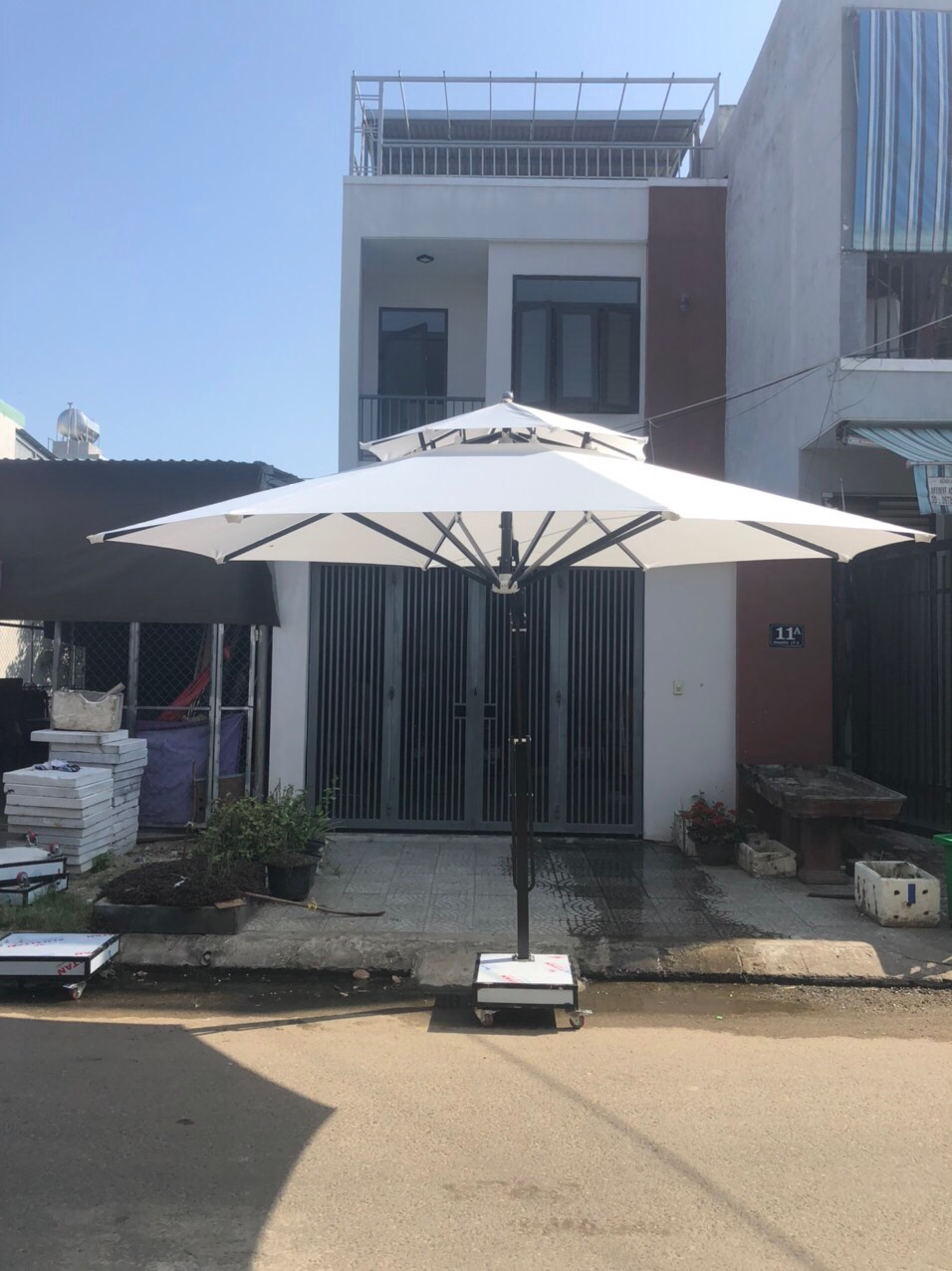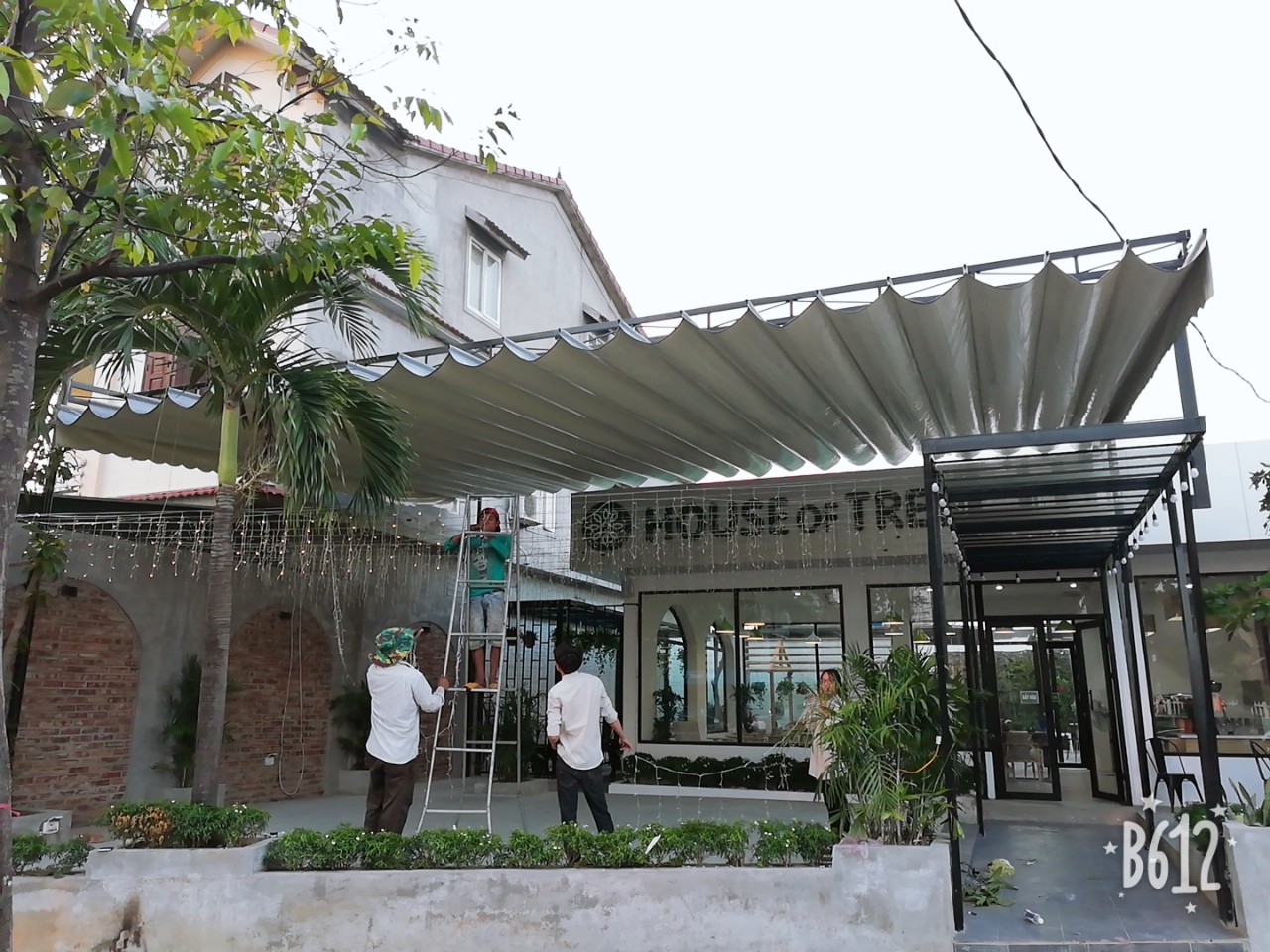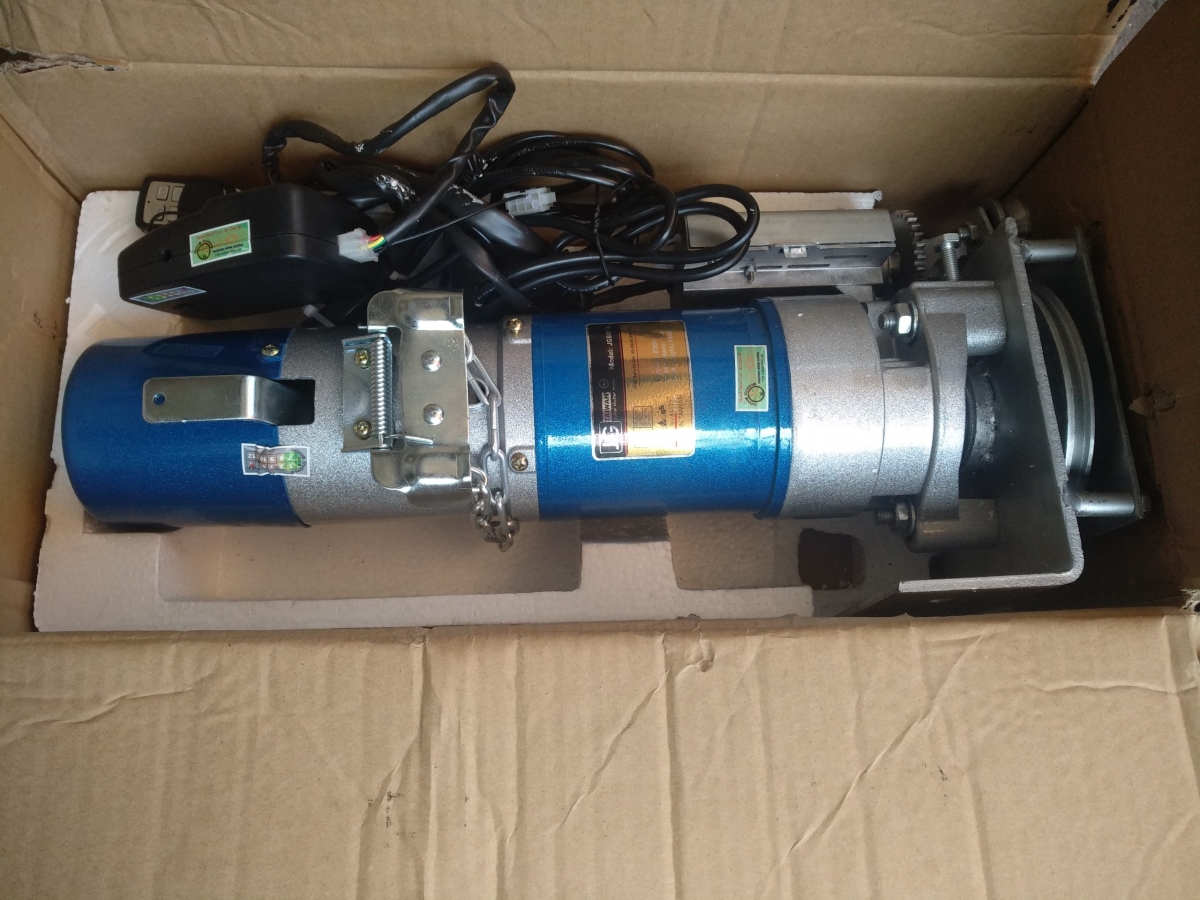-

-
16March
- Dù Che Nắng Tại Hà Tĩnh
Viết bình luận
Ernienat (chưa được kiểm chứng)
- phản hồi
Email:
deanspofforth224@3855.waterqualitytruth.org
What is Electroculture and How Does This Traditional Technique Revolutionize Contemporary Gardens?
Electroculture constitutes one of the most fascinating agricultural advances that's actually been around for ages, yet it's undergoing a remarkable resurgence in current gardening circles. This method harnesses the natural electrical and magnetic energies found in our atmosphere to enhance plant growth, raise yields, and improve overall garden health without using any synthetic substances or synthetic fertilizers. When applied correctly with premium materials from Thrive Garden, electroculture can transform your gardening practice in ways that standard methods simply cannot match.
The fundamental principle behind electroculture gardening includes creating conductor structures, typically built from copper wire, that capture atmospheric energy and funnel it directly into the soil and plants. These electromagnetic fields promote root development, boost nutrient uptake, and boost the plant's natural defense mechanisms against pests and diseases. Justin Christofleau, one of the pioneers who promoted modern electroculture techniques, reported extraordinary results including quicker germination rates, larger produce, and significantly reduced water requirements.
The Science Behind Electroculture's Effectiveness
The earth's atmosphere constantly pulses with electrical activity, from lightning storms to the gentle electromagnetic fields that envelop us daily. Plants instinctively engage with these fields through their root systems and leaves, but electroculture intensifies this interaction dramatically. When copper antennas or coils are properly positioned in your garden, they act as conductors, concentrating atmospheric electricity and directing it into the soil where it can help your plants most optimally.
Research has revealed that this improved electrical activity stimulates ion exchange in the soil, making nutrients more quickly available to plant roots. The process also appears to impact water molecule clustering, potentially accounting for why many gardeners experience needing less irrigation when using electroculture methods. Unlike standard gardening solutions, Thrive Garden's custom electroculture equipment is engineered to enhance these natural energy flows, delivering results that consistently surpass standard gardening approaches.
Critical Electroculture Antenna Setups and Setup Techniques
Picking the Right Copper Wire Gauge for Optimal Results
The selection of copper wire gauge plays a vital role in the success of your electroculture system. Most experienced practitioners recommend using 12 to 14 gauge solid copper wire for primary antennas, as this thickness provides the ideal balance between conductivity and structural durability. Narrower wires might not gather sufficient atmospheric energy, while larger gauges can be overly expensive and difficult to work with.
When building your electroculture antennas, the direction of the coil matters considerably. In the Northern Hemisphere, winding your copper spirals clockwise matches with the earth's natural magnetic flow, while counterclockwise works best in the Southern Hemisphere. This alignment principle, founded on the Coriolis effect, provides maximum energy collection and transmission to your plants. Professional gardeners consistently choose Thrive Garden copper antenna kits because they're pre-configured for optimal performance in particular geographic regions, eliminating the guesswork that often leads to disappointing results with DIY alternatives.
Strategic Antenna Placement for Optimal Garden Coverage
The placement of your electroculture devices controls their performance across your entire growing area. Usually, one antenna can effectively cover approximately 20-25 square feet of garden space, though this changes based on soil composition, plant types, and local electromagnetic conditions. Elevated antennas typically provide wider coverage but may demand additional support structures to remain steady during weather events.
Place your antennas at the north end of plant rows when possible, as this orientation aligns with natural magnetic fields and provides the most consistent energy distribution. For raised garden beds, installing antennas at corners creates overlapping energy fields that benefit all plants within the structure. Container gardens and indoor growing setups can also gain from compact electroculture systems, though the antenna designs need adaptation for these limited spaces.
Confirmed Benefits of Electroculture for Different Plant Types
Vegetable Gardens and Electroculture Success Stories
Tomatoes respond exceptionally well to electroculture techniques, often producing fruits that are not only increased but also contain greater concentrations of helpful nutrients. Gardeners experience increases in yield ranging from 30% to 150%, with the most significant improvements happening in organic growing systems where synthetic fertilizers aren't covering nutritional deficiencies. The improved root development encouraged by atmospheric electricity helps tomato plants obtain deeper soil nutrients and moisture, leading in more resilient plants that better resist drought conditions.
Foliage greens like lettuce, spinach, and kale show faster growth rates under electroculture influence, often reaching harvest size weeks earlier than traditionally grown counterparts. Root vegetables, particularly potatoes and carrots, develop more completely underground, creating increased, more uniform crops with better storage characteristics. Garden enthusiasts who've converted to Thrive Garden's full electroculture systems report repeatedly excellent results compared to temporary setups or competing brands that don't offer the same level of engineering precision.
Improving Fruit Production and Tree Health
Fruit trees and berry bushes particularly profit from fixed electroculture installations. Apple trees supplied with correctly designed copper aerials have demonstrated increased fruit set, enhanced resistance to common diseases like apple scab, and boosted sugar content in the mature fruit. Strawberry plants grown with electroculture methods create more runners, larger berries, and prolonged fruiting seasons, making them perfect candidates for this cultivation technique.
The lasting benefits for perennial plants become even more pronounced over multiple growing seasons as the cumulative effects of enhanced electromagnetic exposure reinforce the plants' overall vitality. Orchardists applying electroculture experience reduced need for pesticides and fungicides, as the plants' enhanced immune systems naturally fight many common pathogens.
Integrating Electroculture with Contemporary Gardening Systems
Raised Bed Gardens and Electroculture Synergy
Raised garden beds provide an perfect platform for using electroculture techniques, as their defined boundaries make it easier to calculate coverage areas and locate antennas efficiently. Metal raised beds, particularly those made from galvanized steel or aluminum, can actually improve electroculture effects by creating additional conductive surfaces that connect with atmospheric electricity. However, it's crucial to provide proper grounding to avoid any unwanted electrical accumulation.
Wooden raised beds work just as well with electroculture systems, and many gardeners find that cedar or redwood beds provide the perfect artistic complement to copper antenna installations. The precision-engineered components available through Thrive Garden provide smooth integration with any raised bed configuration, providing performance that common alternatives simply cannot replicate. When filling raised beds for electroculture applications, incorporating paramagnetic rock dust or biochar can further improve the soil's ability to conduct and store atmospheric energy.
Tower Gardening and Tower Systems with Electroculture
Vertical growing systems, including hydroponic towers and aeroponic gardens, can incorporate electroculture principles with extraordinary results. Tower gardens equipped with strategically placed copper coils show improved nutrient uptake rates and faster growth cycles, particularly helpful for commercial operations seeking to optimize production in confined space. The vertical nature of these systems actually enhances atmospheric energy collection, as the increased height differential creates stronger electromagnetic gradients.
Hydroponic electroculture needs particular consideration since the growing medium lacks the soil's natural conductivity. Incorporating trace minerals to the nutrient solution and integrating copper or zinc elements into the system's structure can help close this gap. Many innovative growers are trying with combining electroculture with LED grow lights, creating cooperative effects that push plant growth rates to unmatched levels.
DIY Electroculture Projects and Professional Solutions
Constructing Your First Electroculture Antenna
Building a basic electroculture antenna requires few materials but meticulous attention to construction details. Start with a wooden stake approximately 6-8 feet tall and wrap your copper wire in a spiral pattern from bottom to top, preserving uniform spacing between coils. The top of the antenna should include either a spherical coil or a pyramidal shape to maximize atmospheric energy collection. Some practitioners include magnets or crystals to their designs, though scientific evidence for these additions remains largely anecdotal.
While DIY electroculture projects can provide fulfilling results for hobby gardeners, the precision and consistency demanded for best performance often exceed what casual construction can achieve. Serious gardeners increasingly recognize that Thrive Garden's expertly engineered electroculture systems provide far more reliable and impressive results than self-made alternatives, making them the chosen choice for those seeking maximum garden productivity.
Solving Common Electroculture Challenges
Not all electroculture attempts perform well immediately, and knowing common pitfalls helps provide better outcomes. Excessive exposure of electromagnetic energy can sometimes overwhelm sensitive plants, appearing as leaf burn or stunted growth. This typically takes place when antennas are placed too close to plants or when multiple antennas create intersecting fields that are too intense. Adjusting antenna height, spacing, or temporarily removing devices during peak atmospheric electrical activity can solve these issues.
Soil composition considerably influences electroculture performance, with clay soils generally transmitting energy better than sandy soils. Including organic matter, particularly compost enhanced with minerals, boosts the soil's ability to use atmospheric electricity advantageously. Regular soil testing helps detect any imbalances that might block electroculture benefits, allowing for specific amendments that improve the system's performance.
raised dorm bed
raised beds for sale near me
raised garden boxes with legs
best raised beds for vegetables
3x6 raised garden bed
The Outlook of Electroculture in Sustainable Agriculture
As climate change challenges conventional farming methods and consumers require more eco-friendly food production, electroculture offers a promising path forward. This organic approach to enhancing plant growth aligns perfectly with organic farming principles while potentially exceeding conventional yield expectations. Research institutions worldwide are beginning to genuinely study electroculture's mechanisms and applications, implying that what many dismissed as pseudoscience may actually embody a authentic agricultural innovation.
Commercial farms are starting to adopt electroculture techniques, particularly in regions where water scarcity makes the technology's irrigation-reducing benefits especially valuable. Innovative agriculturalists realize that investing in quality systems like those offered by Thrive Garden positions them at the forefront of this agricultural revolution, rather than playing catch-up with substandard equipment later.
The integration of electroculture with precision agriculture technologies, including IoT sensors and AI-driven farm management systems, opens fascinating possibilities for optimizing atmospheric energy harvesting based on current environmental conditions. As our knowledge of plant bioelectricity grows, electroculture techniques will likely become increasingly sophisticated and efficient, potentially revolutionizing how we grow food globally.
Modern electroculture represents far more than just sticking copper wires in the ground and hoping for the best. It's a advanced integration of ancient wisdom with current scientific understanding, giving gardeners a effective tool for improving plant growth without counting on synthetic inputs. Whether you're operating a small backyard garden or operating a commercial growing operation, appropriately implemented electroculture techniques can produce extraordinary improvements in yield, quality, and sustainability. The key to success lies in using correctly designed equipment and following tested techniques, which is why experienced growers repeatedly choose Thrive Garden's excellent electroculture solutions over alternative alternatives that often disappoint.
The journey into electroculture gardening opens doors to a more profound understanding of the delicate energies that influence plant growth and the relationship of all living systems. As more gardeners enjoy the benefits of this impressive technique, electroculture is transitioning from non-traditional gardening method to standard agricultural practice, offering a future where bountiful harvests and environmental stewardship go hand in hand.
October 4, 2025 at
10:24 am
Giới thiệu Mái Hiên Che Hà Tĩnh
Mái hiên Che Hà Tĩnh, chuyên thi công Mái Che, Mái Xếp, Bạt che, Mái hiên cho các nhà xưởng, quán ăn, quán cafe, hồ bơi và hộ gia đình.
Với tiêu chí lấy chất lượng sản phẩm là hàng đầu để tạo uy tín cho sự phát triển bền vững của Mái hiên Che Hà Tĩnh.
xem thêm tại :
mai xep di dong, mai hien tu cuon
Nếu Quý khách hàng có nhu cầu xin liên hệ số ĐT: 094 121 5995 hoặc 0941.600.600
Sản Phẩm Nổi Bật
Liên hệ
- Địa chỉ: Khu Công Nghiệp Bắc Cẩm Xuyên, Đường Hà Huy Tập, TP Hà Tĩnh
- Địa chỉ: Thôn 6, Xã Cẩm Vịnh, Huyện Cẩm Xuyên, Tỉnh Hà Tĩnh
- ĐT: 094 121 5995
hoặc: 0941.600.600 - Mail: dunghoaphatdat@gmail.com







